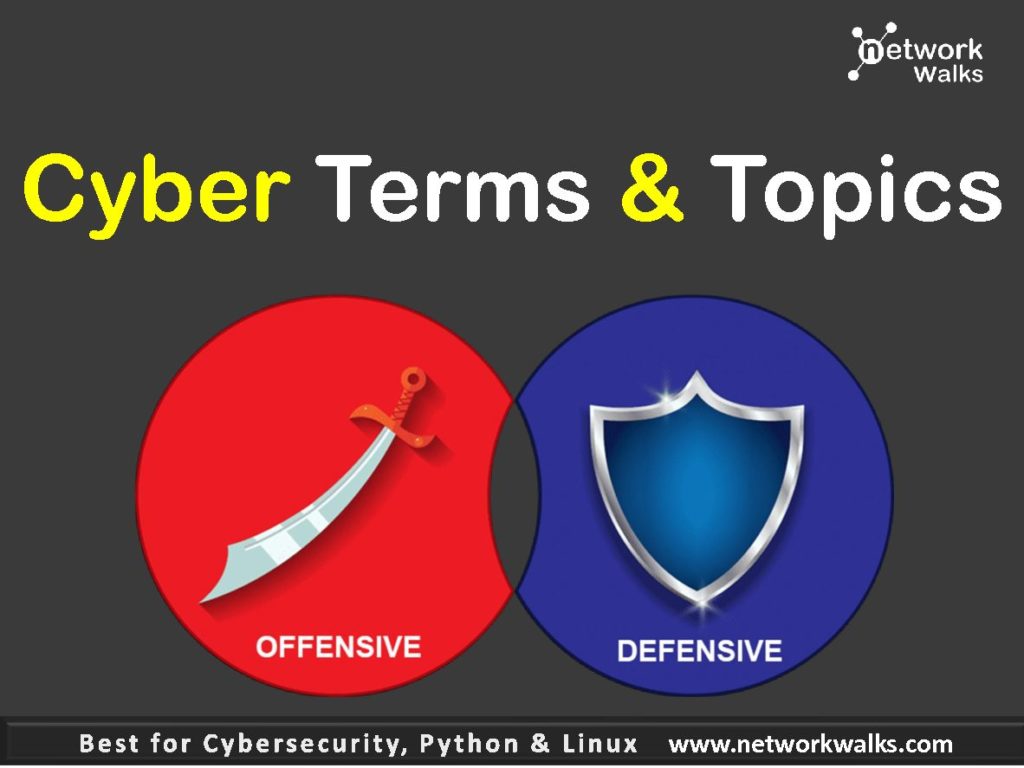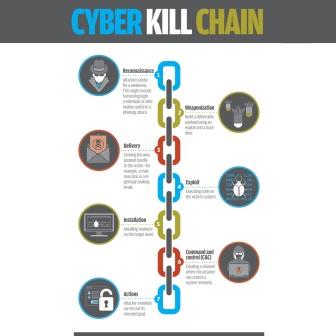
Test your Cyber Security knowledge and skills by practicing this free online quiz on Footprinting Quiz. Protecting the organization & its assets from Cybersecurity attacks is critical these days. This Footprinting quiz & related lecture will help you to improve your knowledge & skills on this topic. You might also be interested in our free Online Quizzes on all IT topics including Cisco CCNA, Cyber Security, Python Programming, Linux & Ethical Hacking: Free Online Quizzes (Best for Cisco CCNA, Huawei HCNA, N+) You can also view free study notes (Cheat sheets) for long term memory: Networkwalks Summary Cheatsheets Read More …









